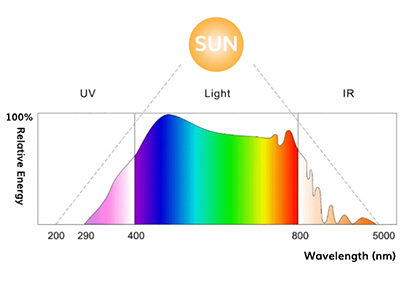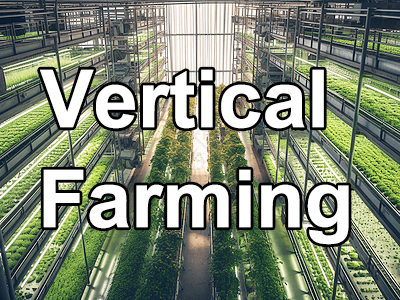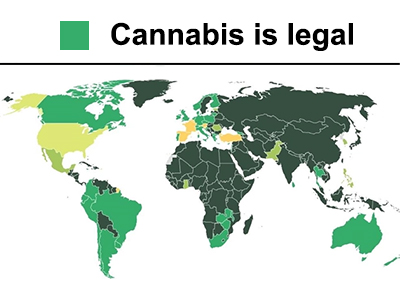How is light measured in horticulture?
To choose your horticulture lighting, it is essential to understand and know the metrics of the field. These will be useful to you in achieving your production and growth objectives. You will cross paths with certain measures such as: Watt, Lumens, LUX, PAR, PPF and PPFD. Indeed, they are related to lighting, but not all are valid for horticultural lighting.
PAR is the photosynthetically active radiation. The wavelengths that make up the PAR are between 400 and 700nm used for photosynthesis. Since PAR is not a metric but an absorption model, several units are used to characterize a light for the production of plants. Like lumens and lux, the greenhouse industry uses a set of units to best define lighting in its environment.
How many photons in the PAR band does my light deliver?
PPF is the photosynthetic photon flux. It is a direct analogy to Lumen. The PPF is expressed in micromoles per second (µmol / s). It is the quantity of PAR photons emitted per second in the light beam. Although this does not tell us how much light the plant reaches, PPF is valuable information for calculating the energy efficiency of horticultural lighting.
How many PAR photons on a surface?
The PPFD is the flux density photosynthetic photon. The direct analogy to lux, the PPFD is expressed in micromoles per second per m² (µmol / s / m²). It allows quantifying on a given surface, at a given distance from the lighting, the number of photons PAR incidents per second. This is an essential measure because it indicates the amount of light available to the plant for its photosynthesis.
PPFD measurements taken at multiple locations on the illuminated surface are mapped. The objective is to have homogeneity over the entire crop area to avoid disparities in plant growth according to their placement.
It is crucial to get this PPFD mapping because the unique PPFD measurements are misleading. In fact, most lights have a very high concentration of light in the center of the surface and this intensity decreases rapidly as they move away from it.
| PPFD level for different crops | |||
| Plant | Cutting Propagation | Vegetative | Flowering or Fruiting |
| Tomato | 100-150 | 350+ | 600+ |
| Pepper | / | 300+ | 600+ |
| Cucumber | 100-150 | 300+ | 600+ |
| Cannabis | 150-200 | 300+ | 600+ |
Radiometric Efficiency - How much PAR photons are delivered per Watt consumed?
It is expressed in µmol / J and tells us about the ability of lighting to create light photons from the electrical energy supplied (PPF / Watt). Please note, this effect does not take into account the action on the plant. Therefore an unsuitable spectrum with high efficiency will give inferior results to a balanced but less effective spectrum.
How many PAR photons per day are demanded by the plants with horticulture lighting?
The daily light integral (DLI) is the number of photosynthetically active photons (photons in the PAR range) accumulated in a square meter over the course of a day. It is a function of photosynthetic light intensity and duration (day length) and is usually expressed as moles of light (mol photons) per square meter (m−2) per day (d−1), or: mol·m−2·d−1.
DLI is usually calculated by measuring the photosynthetic photon flux density (PPFD) in μmol·m−2·s−1 (number of photons in the PAR range received in a square meter per second) as it changes throughout the day, and then using that to calculate total estimated number of photons in the PAR range received over a 24-hour period for a specific area. In other words, DLI describes the sum of the per second PPFD measurements during a 24-hour period.
If the photosynthetic light intensity stays the same for the entire 24-hour period, DLI in mol m−2 d−1 can be estimated from the instantaneous PPFD from the following equation: μmol m−2 s−1 multiplied by 86,400 (number of seconds in a day) and divided by 106 (number of μmol in a mol). Thus, 1 μmol m−2 s−1 = 0.0864 mol m−2 d−1 if light intensity stays the same for the entire 24 hour period.
The DLI has a significant impact on a number of plant variables, including root and shoot growth, stem thickness, plant height, branching, flower amount and flowering timing. All these factors have a big impact on yields and overall crop quality.
For propagating seedlings and many young cuttings, a low DLI of 6-8 mol/m-2/day is recommended, which should increase to 10-12 mol/m-2/day for older transplants, flowering annuals, and small herbs.
Many shade-loving indoor plants and ornamentals require a relatively low DLI. African violets and phalaenopsis orchids prefer an average DLI of 4-6 mol/m-2/day.
Many ferns perform best at a DLI of 4-6, cyclamen at 6-8, fuchsias at 10-12, chrysanthemums at 10-14, petunias at 16-18 and cut-flower rose plants at 18-22 mol/m-2/day.
For butterhead lettuce production, plants need a DLI of approximately 14-16 mol/m-2/day for high-quality head formation, while iceberg lettuce requires even higher levels.
Larger, warm-season plants such as tomatoes, cucumbers, capsicums and eggplants require DLIs of 20-30 mol/m-2/day for maximum production. The actual optimal light levels depend on density.
Higher-density crops produce more inter-plant shading and require a higher DLI to completely penetrate the thick canopy.
Crop | DLI |
Vegetative cuttings (liners) – early | 4-6 |
Vegetative cuttings (liners) – late | 6-10 |
Seedlings (plugs) – early | 6-10 |
Seedlings (plugs) – late | 10-15 |
Shade plants (annuals and perennials) | 6-10 |
Foliage plants | 6-10 |
Potted bulbs | 6-15 |
Stock plants (for cuttings) | 10-20 |
Annual bedding plants | 10+ |
Leafy greens and herbs | 12+ |
Potted flowering plants | 12+ |
Shrubs | 12+ |
Cut flowers | 15+ |
Fruiting vegetables | 15+ |
Cannabis Cuttings | 10-15 |
Cannabis Vegetative | 20-35 |
Cannabis Flowering | 30-65 |























